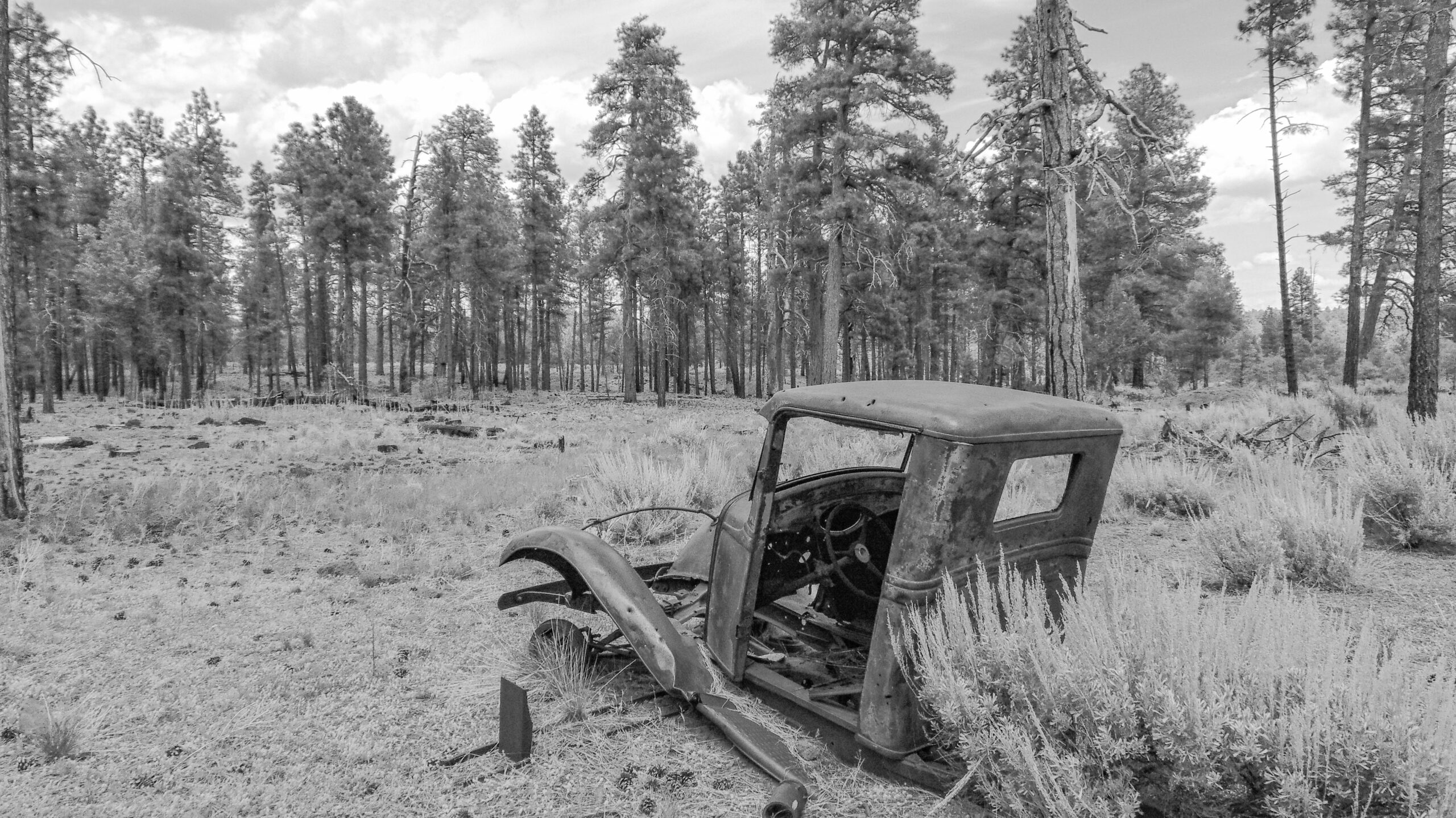The Boulder-to-Bullfrog Road, also known as the Burr Trail Road, is a major collector road and the only significant East/West travel corridor across the eastern part of Garfield County, Utah. The Road runs through 66 miles of federally-owned land from Boulder, Utah, to the Bullfrog Basin Marina of Lake Powell.
Since the 1800s, the Road has been used to drive livestock to market, facilitate oil and uranium exploration, and meet a host of transportation, emergency, agricultural, economic development, and tourist needs. Garfield County has maintained it since at least the early 1940s, utilizing County, state, and federal highway funds.
In the mid-1980s, Garfield County, the State of Utah, the National Park Service (“NPS”), and the Bureau of Land Management (“BLM”) worked cooperatively on the Boulder-to-Bullfrog Scenic Road project. That project was intended to improve the quality of the Road along its entire length.
In 1987, as part of the project, the County entered into a contract for work on a section of the Road that crosses BLM Lands. Special interest groups immediately sued the United States Department of the Interior and BLM, alleging that the County did not hold title to the Road or, alternatively, that the proposed work exceeded the scope of the County’s rights. The suit also alleged that the federal agencies have not adequately studied the environmental impacts of the projects.
In that litigation, the federal government argued convincingly that the County’s rights and interests in the Road had attached first and that subsequently created or designated federal interests have been created subject to the County’s rights. The federal government sat on the same side of the table as Garfield County. It stated without reservation that the County has certain rights and interests in the Road that could not be interfered with by the federal government, such as the right to maintain the Road to ensure safety.
The courts agreed with the federal government and Garfield County, ruling that the County held title to the Road and that the project was within the scope of the County’s rights. The courts also ruled that additional environmental studies should be performed to determine if there might be significant impacts degrading BLM wilderness study areas. The alleged need for additional environmental studies became the sword that special interest groups, and later the federal government, brandished to slow down the completion of the project.
The federal government reversed course in l993. Despite a decade of working cooperatively with Garfield County to improve the Road, and despite unequivocal law establishing the County’s right to use and maintain the Road, the federal government flip-flopped its position to occupy the seat formerly occupied by the special interest groups. Since 1993, negotiations regarding maintenance and construction activities on the Road have been stymied by the federal government’s refusal to recognize the County’s right to keep the Road in a safe condition. While the County continually proposed that objective standards, such as those established by the American Association of State Highway and Transportation Officials, govern maintenance activities, the Department of the Interior insists that such decisions be left to the unfettered discretion of the Interior, which offers no objective standards for guidance
All actions of the Interior indicate that its unfettered discretion could put the Road in an unacceptable condition for all interests other than well-equipped, back-country recreationists. Garfield County cannot afford to sacrifice all other legitimate interests in this important travel corridor to those of a few special interests.
In February of 1996, the County conducted work on a portion of the Road inside Capitol Reef National Park to ameliorate the dangers of a blind curve. Prior to performing the work, the County placed stakes along its right-of-way to indicate the boundaries of the disturbed area. The County checked and rechecked with NPS to verify that the prior disturbed area of the right-of-way had been properly identified. The County informed NPS personnel of the time when work would commence on the blind curve. The County also invited NPS personnel to observe the work. However, the NPS personnel chose not to be present. At all times, the County stayed within the staked previously disturbed area. Nevertheless, the United States subsequently sued Garfield County for the work, alleging that the County had trespassed onto federal lands. That case is still pending.
(Pictures taken before and after this disturbance inside Capitol Reef National Park are available on this website.)
In correspondence and meetings regarding the County’s work on the blind curve, representatives of the federal government have repeatedly stated that the County should have sought NPS’s permission prior to performing the work. It is clear that the real issue to the federal government is not the work that was done but, rather, Garfield County’s assumption that it possesses rights in the Road, which allow it to perform some maintenance tasks without seeking the federal government’s prior permission. Thus, it seems that the federal government is using the Road to assert a new and absolute authority to control all activities on roads that cross federal lands. Such a position is a substantial reversal of the United States’ earlier declarations and a stark contradiction to established law.
Also available is a series of before and after photos of maintenance work on the Burr Trail Road. Environmental groups have complained loudly of the negative impact of this work. See if you can tell which are the “before” and the “after” photos and decide for yourself!

